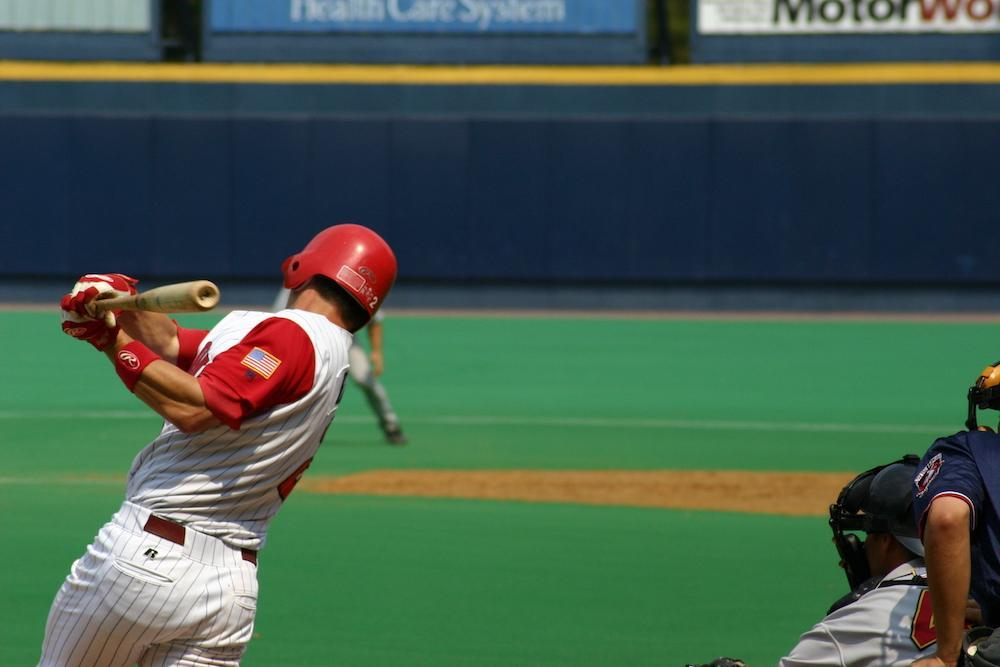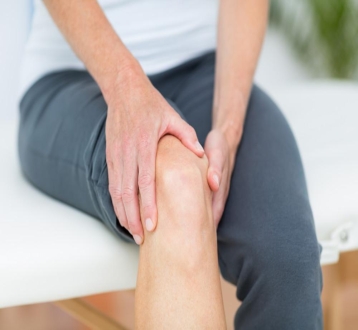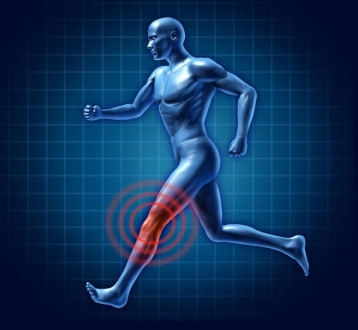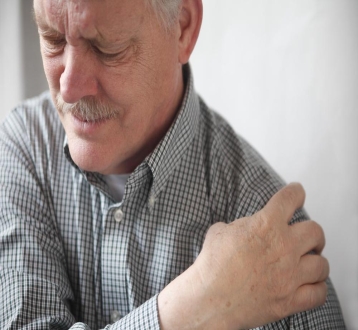
Each year millions of Americans participating in sports experience an injury that requires repair. Shoulder injuries alone are responsible for more than 7 million people visiting the doctor’s office. Of those, 4 million are for rotator cuff problems. Shoulder injuries are common in sports that require repetitive, overhead motion, such as tennis, baseball and swimming.
If you have a shoulder injury, it’s only natural to want to get back to your sport as soon as possible. Our experts tell you when you can reasonably expect to return to play following shoulder surgery.
Make safety a top priority
The goal of Dr. Otis R. Drew and his team is to return you to your regular activities, sports and hobbies as soon as realistically possible following shoulder surgery. When you can get back in action is guided by the type of surgery and the recovery criteria that are customized for each person.
At his clinic, Dr. Drew strives to help you recover as quickly and as safely as possible. Keep in mind that returning to sports isn’t just about being able to play again, but also about avoiding further injuries.
Work within your limitations
Following shoulder surgery, you can expect to wear a sling to keep your shoulder immobile. The length of time you must wear the sling depends on the type of operation you have.
If Dr. Drew needs to reconstruct your shoulder, it takes time for the soft tissues to fully heal. If you have decompression surgery, which doesn’t require reconstruction, your rehabilitation is guided by your comfort level.
It’s important to listen to the signals from your shoulder. If an activity feels pain-free, then chances are you are safe to participate.
Maintain cardiovascular conditioning
Maintaining cardiovascular fitness during the rehabilitation phase plays an important role in returning to play. Keeping your cardiovascular fitness up helps to avoid deconditioning following shoulder surgery and enables you to return to sports more effectively and quickly after the immobilization period.
Because the rest of the body is injury-free, most people can return to cardiovascular training early on in their rehabilitation. There are many exercises you can perform while your arm is in a sling to maintain cardiovascular fitness. Work with your physical therapist on cardio exercises to incorporate into your rehabilitation program.
Follow common guidelines
The final decision to return to sports will depend on what actions your sport typically requires. It’s important that you avoid returning to sports until your physical therapist indicates that it’s safe for you to do so. Returning too early can strain your repair and compromise your recovery.
When deciding whether you can safely return to play, it can help to use common criteria as a guide. In general, an athlete is ready to return to sports when there is no shoulder pain during rest or activity. Before considering returning to play, you should have a normal range of motion and full strength across the affected muscles and joints.
If you meet that criteria and feel ready to take the field, start resuming your activities gradually. Listen to your body and modify your activity based on how your shoulder responds. With the proper care and patience, you can expect to safely return to play in a reasonable amount of time.
Get back to play
Sitting out your favorite sport is no fun, so getting people safely back to their daily activities is a top priority. We invite you to learn more about recovery from shoulder surgery. Call our Lafayette, Louisiana office to schedule an appointment with Dr. Drew or use our online booking form today.










